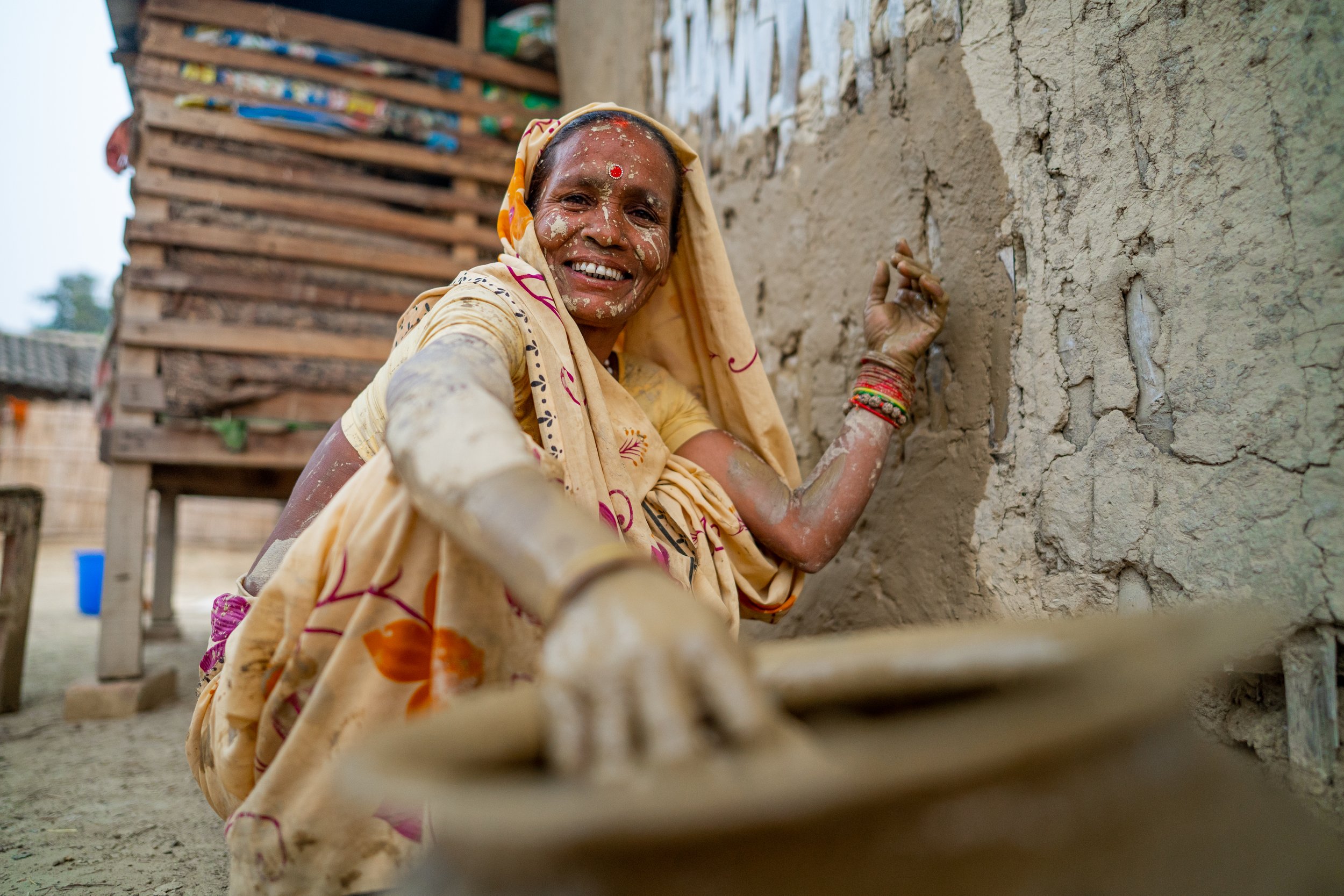How Nepal is Embracing Disaster-Resilient Housing Solutions
For 49% of Nepal’s population, or 15 million people, security, warmth, and an overall foundation for a stable life are still unattainable. In rural areas, particularly, homes are often fragile and vulnerable. Living under extreme weather conditions, these families are in a constant state of worry about their shelter. Finding a long-term solution requires not just better materials, but also a shift in mindset.
Fighting misbelief
One of the greatest challenges in tackling this issue has been reimagining bamboo—a material deeply rooted in Nepalese culture—as a viable solution to the housing problem. Although it has played an integral role in daily life, from birth rituals to construction, few saw its potential as a durable building resource. That perception is now changing. Bamboo can now be engineered to withstand the very disasters that have plagued these communities for generations.
Thanks to the strength that bamboo has demonstrated, the Nepali government is finally beginning to see bamboo’s potential. In Kanepokhari, located in Eastern Nepal, 30 new homes have been built using this innovative technology. Regional officials have seen firsthand the difference bamboo can make, and are beginning to advocate for the material, to receive priority and greater recognition on a national level. These homes—designed to last up to 60 years—offer an affordable alternative to outdated building practices, providing safety from storms and earthquakes for generations to come.
Hear the opinions of these government officials witnessing this change firsthand:

